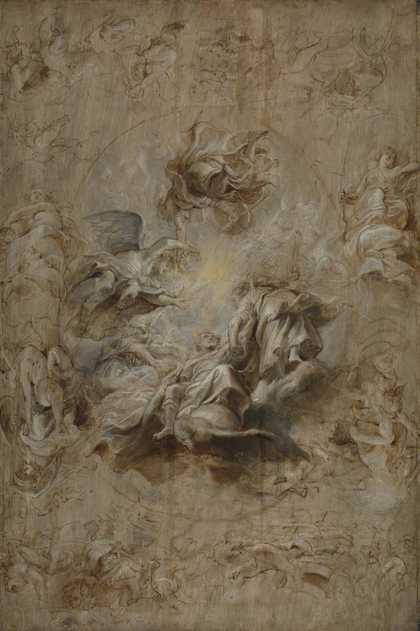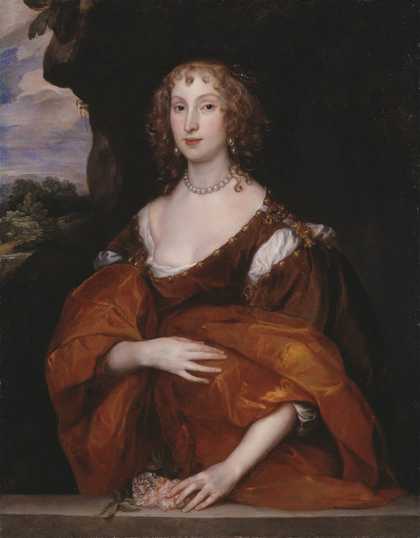The works of art which the Arts Council of Great Britain and┬Āthe Austrian Government were presenting in the stately framework of the Tate Gallery were a selection from a much greater whole.
Indeed, the art treasures assembled in Vienna in the Kunsthistorisches Museum, are one of the greatest and most venerable art collections of Europe; in wealth, excellence, and historical interest they compare only with those great collections, of old standing, the Louvre, the Prado, and the Vatican.
The Austrian collections came into existence through no conscious planning of any single individual. No premeditated, logical plan shaped their formation. They reflect the destiny, the tastes, the love of splendour of this race and, above all, its deep love and understanding of the arts.
Towards the end of the Middle Ages, the House of Habsburg, like other sovereign families, owned a considerable number of precious objects, goldsmithsŌĆÖ work, vessels, illuminated manuscripts, and painted panels. But this property still had the character of the furnishings of a princely household, serving on occasion practical purposes. It was still ŌĆśchattelsŌĆÖ. Nobody as yet thought of it as of part of a ŌĆścollectionŌĆÖ.
It is only towards the middle of the sixteenth century, when the spirit of the Renaissance was permeating the countries north of the Alps, that the first signs of a new conception began to appear which in the course of time was to produce the most portentous consequences. Emperor Ferdinand I, the brother of Charles V, laid it down in his will that his precious things, vessels, sculptures, ornaments, and his ŌĆścollection of pagan penniesŌĆÖ, that is, of Greek and Roman coins, should remain undivided, the property of the first-born of his House; he emphasized the great trouble he had taken in assembling this collection ŌĆśwhich in such completeness could scarcely be found anywhere elseŌĆÖ. It is significant that the word and the notion collection should have appeared for the first time in connection with objects from ancient Rome. FerdinandŌĆÖs will, creating an entail for the family treasures, thus became what could be styled ŌĆśthe charterŌĆÖ of the future Imperial Collections.
On this occasion there are about 200 of the finest paintings from the Vienna Picture Gallery (two Holbeins; a wealth of works by Rubens and van Dyck; fifteen Titians including the early Madonna with the Cherries and the late Nymph and Shepherd) and a selection from the world famous collection of tapestries, a splendid group of renaissance bronzes for which again Vienna is noted, and a galaxy of jewellery and goldsmithsŌĆÖ and silversmithsŌĆÖ work from the former Imperial collections. Ivories, cameos, Greek and Roman antiquities, Italian illuminated manuscripts and some arms and armour from the renowned Imperial Armoury, complete the display.



